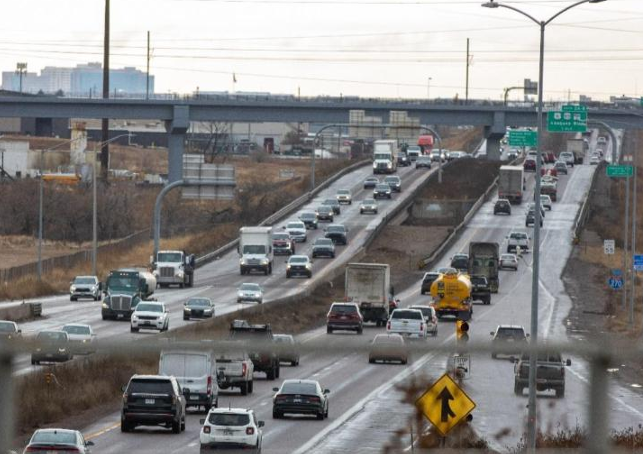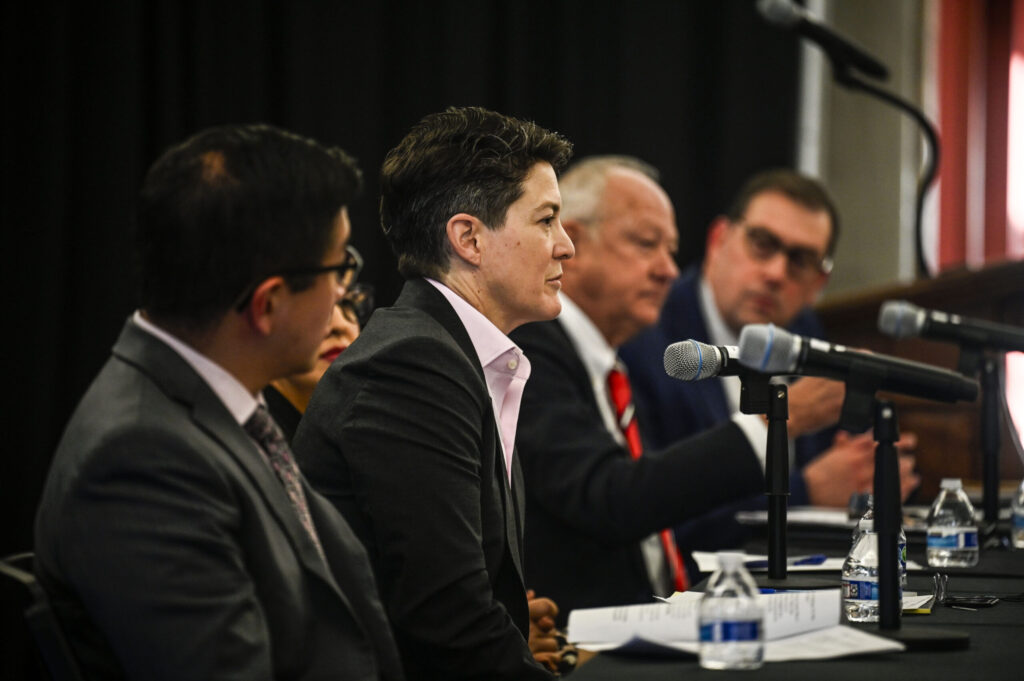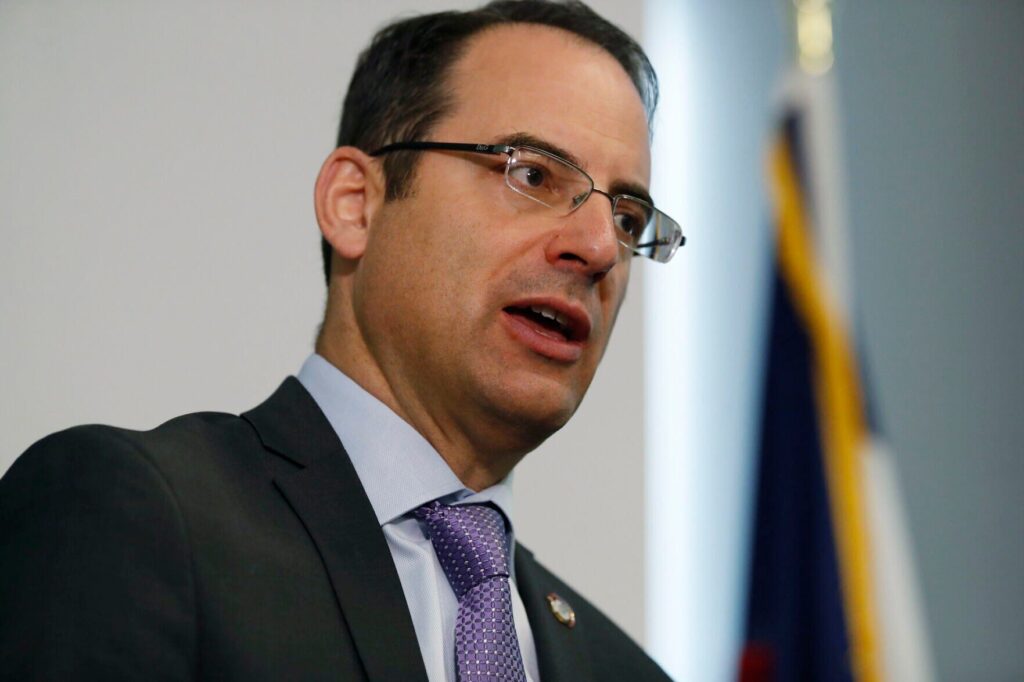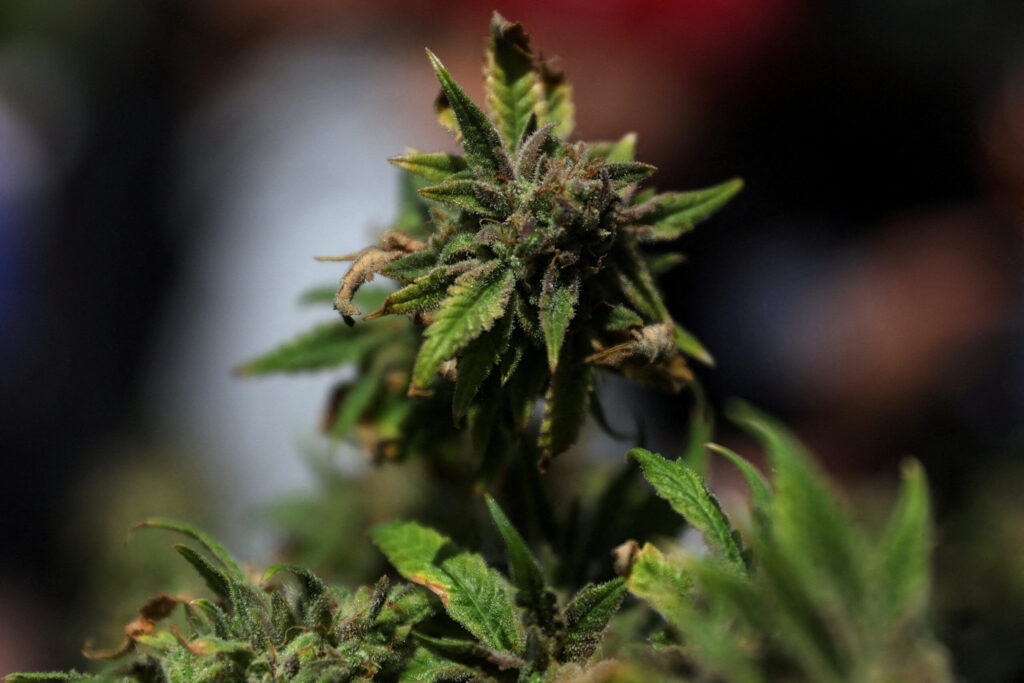Despite voter approval, Colorado’s SNAP recipients unlikely to see Proposition MM benefits anytime soon

Colorado voters on Tuesday overwhelmingly approved a tax hike on households earning at least $300,000, after being told it would not only help fund free school meals for students but also boost food assistance through the federal food stamp program.
However, early indications are that the added benefits may not reach recipients of the Supplemental Nutrition Assistance Program for the foreseeable future.
Instead, state officials now say much of the new funding will cover SNAP administrative costs – not benefits for recipients. Adding another obstacle, Colorado still lacks a way to load state dollars onto EBT cards, even as other states have managed to do so.
Proposition MM promised voters that any revenue collected that was not needed for the school meal program would go to fund the state’s share of SNAP.
But just like the $10 million that the Joint Budget Committee approved last week for SNAP recipients, the ballot measure can’t guarantee those new SNAP funds will actually reach recipients.
The prime co-sponsor of the legislation that created Proposition MM, Sen. Dafna Michaelson Jenet, D-Aurora, admitted on Wednesday that the surplus revenue is intended to fund SNAP’s administrative needs. At least in 2026-27, its first year of implementation, it’s unlikely SNAP recipients will see any benefit from Tuesday’s approval of Proposition MM at the ballot box.
The issue with Colorado’s inability to load funds onto EBT cards became public last week. It proved to be a point of frustration for JBC analyst Tom Dermody, who informed the committee that the state currently lacks the necessary tools to add money to EBT cards.
“Community fund assistance is the best way,” he said of trying to find a way to get that $10 million to Colorado’s 600,000 SNAP recipients, Dermody said last week.
Feeding Colorado, which works with the five food banks and which got the money, and the Department of Human Services will try to target assistance as best they can, but the plan is a “rough proxy” for SNAP benefits, Dermody added.
He also acknowledged that the assistance likely won’t reach all 64 counties, but that the state will try to target the communities most likely to be hardest hit.
“This solution is riddled with holes,” Dermody told lawmakers. In effect, he said, the state is trying “to plow a field with a fork, and the scale of this particular emergency vastly outstrips any ability of the state to mitigate it in a meaningful way.”

States have known since the US Department of Agriculture issued formal guidance on Oct. 10 that SNAP benefits would be suspended on Nov. 1.
That gave the states three weeks to figure out a workaround.
Virginia’s Republican Gov. Glenn Youngkin developed a program with three days to spare.
In a news release on Oct. 28, Youngkin announced the formation of the Virginia Emergency Nutrition Assistance initiative, which he set up through executive order. It went into effect the next day.
According to Virginia’s governor, current SNAP recipients, as of Oct. 29, would receive a weekly comparable state-supported emergency food assistance payment based upon existing eligibility for the SNAP program.
Virginia’s population is about eight million, and 9.4% of Virginians, or about 850,000, receive SNAP benefits.
Under the Youngkin plan, benefits would be paid weekly, not monthly, similar to the plans from several other states that also are adding money to EBT cards.
The news release did not specify how much the state would contribute to the program, but the indication is that it would be fully funded, given Virginia’s budget surplus. Cardinal News reported that it will cost the state $37.5 million per week.
That’s close to how much the U.S. Department of Agriculture pays for SNAP benefits for Colorado, which is about $30 million per week.
Youngkin told Cardinal News the rush to figure out a solution to the EBT problem was akin to “building an airplane while it’s taking off.”
In addition to Virginia, Louisiana, Rhode Island, Delaware and New Mexico have all figured out how to put state money onto EBT cards.
The Colorado Department of Human Services, which administers SNAP, told Colorado Politics Wednesday that, like many states, Colorado works with an external vendor to issue benefits via the EBT cards.
“As Colorado received guidance on calculating benefits from the U.S. Department of Agriculture early today, Colorado is working closely with its EBT vendor to process SNAP food assistance as rapidly as possible. The primary barrier at this time is availability of federal funding, not Colorado’s ability to load EBT cards,” the agency said.
The food assistance referenced by the state agency is in relation to the USDA’s $4.6 million contingency fund that two federal judges on Monday ordered the Trump administration to release. That’s about half of the cost of a month’s SNAP benefits nationwide.
Michaelson Jenet, the legislator, said Wednesday that beginning in October 2026, “states will have to put more money toward administering SNAP, just to keep the program going and available to residents. MM will enable the state to support that new need.”
The actual ballot language of Proposition MM said nothing about the MM money paying for state administration of SNAP benefits.
The Blue Book, the statewide publication that analyzed the ballot measures, covered some of that information. It said that for budget year 2026-27 only, surplus MM money would pay for SNAP administration. That’s tied to H.R. 1, the congressional budget that requires states to pay for more of the costs of administration of both SNAP and Medicaid.
The cost is estimated at $27.2 million, or slightly less than the value of one week’s benefits for Colorado SNAP recipients. The administrative costs, which the Blue Book called “new implementation costs,” would be covered by the Department of Revenue, the Blue Book said.
In all other information about MM, the Blue Book said surplus revenue would “help fund SNAP.”
As to how much SNAP recipients will eventually get from MM, the Blue Book was silent. There’s no estimate on what recipients might receive and the word “benefit” is missing entirely.
In the arguments in favor of MM, the Blue Book inferred that SNAP recipients would see something: “Many Colorado families and individuals rely on SNAP for some or all of their food needs. SNAP improves health, economic, and educational outcomes for low-income families. The funding provided by the measure will lessen the impact of recent federal cuts to the program and allow the state to continue important food assistance and nutrition education programs.”
In the arguments against, the Blue Book hinted at the administrative costs and the potential for additional benefits beginning next year. It noted that “federal changes are meant to make SNAP more cost-effective, and state taxpayers should not be on the hook for funding the program’s inefficiencies. The state should live within its means and provide assistance to only those who need it most, rather than asking for millions more from taxpayers.”
The larger question, however, remains: Will Colorado figure out how to put voter-approved state money onto EBT cards anytime in the future?
Colorado Politics has asked that question twice. The Department of Human Services has yet to answer.













